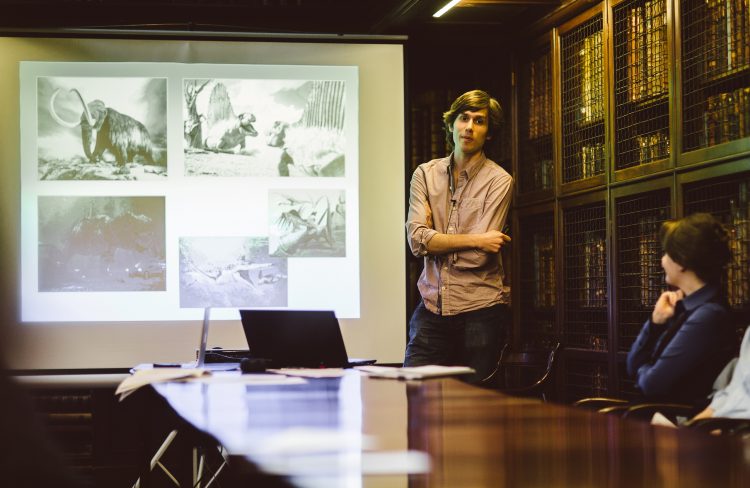Professor Hugh Jenkyns
Emeritus Fellow
Hugh Jenkyns was the Oxburgh Fellow and Tutor in Geology from 1978 to 2013. He was also the Vice-Principal of St Edmund Hall from 2009 to 2013.
Research Profile
My research is concerned primarily with the palaeoceanography and palaeoclimatology of Jurassic and Cretaceous marine sediments. Areas of study include northern and southern Europe and the Pacific Ocean. My approach has been to elucidate the causality of major global events in Earth history by examining their sedimentary and geochemical records. To this end, I have studied the distribution, in time and space, of sediments unusually rich in organic carbon as well as the stratigraphic distribution of oxygen, carbon, nitrogen and strontium isotopes in rocks and fossils. I am also interested in the preservation of climatic signals in marine and continental sediments.
Specific research topics include the causes and consequences of Oceanic Anoxic Events, particularly those of the early Toarcian (183Ma), the early Aptian (120Ma) and the Cenomanian-Turonian boundary (93Ma). This latter interval was apparently characterized by the highest global palaeotemperatures of the last 115Ma, represented a huge disturbance of the carbon cycle, and was a major turning point in the climatic history of the Earth. I have also been involved in a multidisciplinary study of the type Kimmeridge Clay, through the Kimmeridge Drilling Project.
In addition, I have investigated the origin of north Pacific guyots – drowned carbonate platforms capping volcanic seamounts – which we believe were formed as a result of suppression of shallow-water carbonate production as northward plate movement pushed the edifices into peri-equatorial waters whose surface temperatures were >30 degrees C. Tropical waters were simply too hot for many carbonate-secreting organisms to survive. Platform drowning can thus be related to the thermal maximum of the mid- to Late Cretaceous greenhouse earth. Cretaceous palaeoclimates in high latitudes are another interest, with the postulated high temperatures – at times in excess of 20 degrees C – posing a fundamental problem in understanding how heat was transported across the globe. Currently I am exploring the use of novel isotope systems (Fe, S, Cr) in Mesozoic palaeoceanography, and investigating the impact of Oceanic Anoxic Events on marine environments in the Southern Hemisphere.
Related Content


Professor Hugh Jenkyns
MA (PhD Leic.; MA Camb.)
- Emeritus Fellow